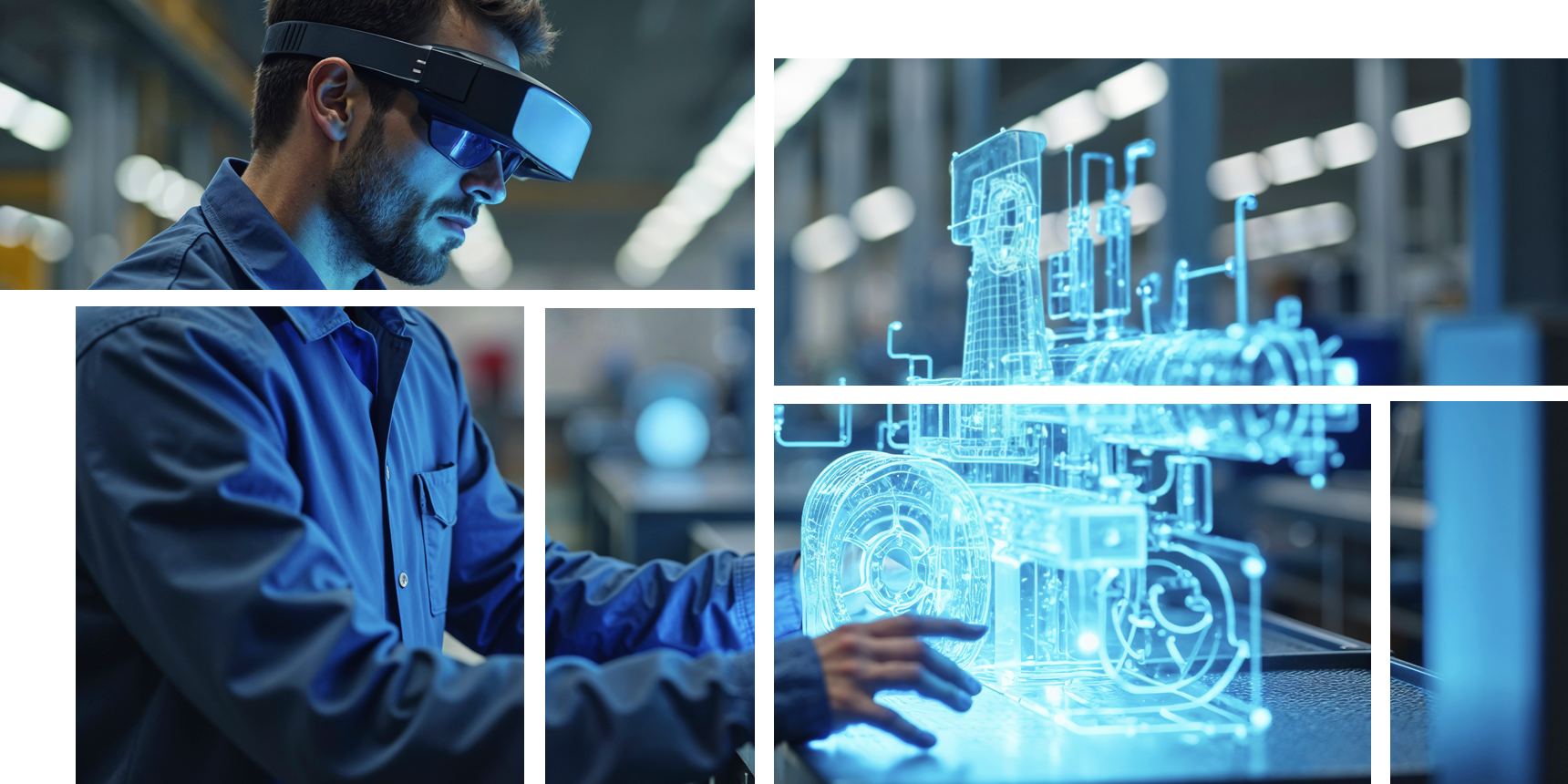Unstructured Sorting
In global industrial production logistics, package sorting is becoming a new frontier for robotic integration. Artificial intelligence is driving advancements in unstructured sorting. For example, some smart sorting robots recently adopted by domestic logistics companies have demonstrated exceptional efficiency, precise operations, and lower costs. These innovations effectively address challenges such as rough handling, transforming industrial logistics from "chaotic" to "orderly."

